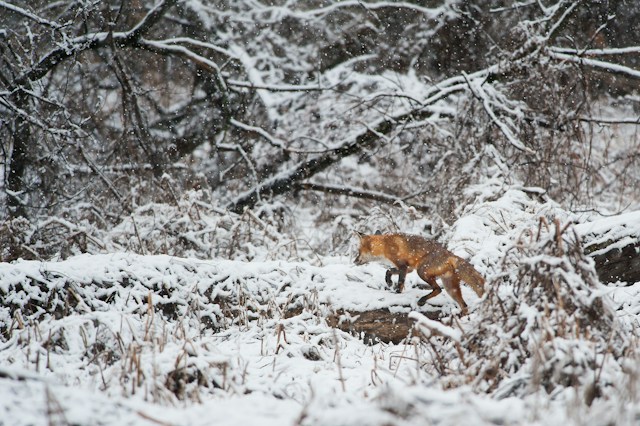Introduction: Dogs are known as man’s best friend, but did you know that there are numerous species of wild dogs that roam the earth? These majestic creatures exhibit a wide range of behaviors, habitats, and adaptations that make them fascinating subjects of study and admiration. From the iconic African painted dog to the elusive dhole of Asia, wild dogs play a vital role in ecosystems around the world. In this blog post, we’ll delve into the top 10 species of wild dogs, exploring their unique characteristics, habitats, and conservation status.
African Painted Dog (Lycaon pictus): Also known as the African wild dog, the African painted dog is one of the most recognizable species of wild dogs. These highly social animals are characterized by their colorful coats, which feature a mottled pattern of black, white, and tan patches. African painted dogs are expert hunters, relying on teamwork and cooperation to bring down prey such as antelope and wildebeest. However, they are also one of the most endangered carnivores in Africa, facing threats from habitat loss, human-wildlife conflict, and disease.
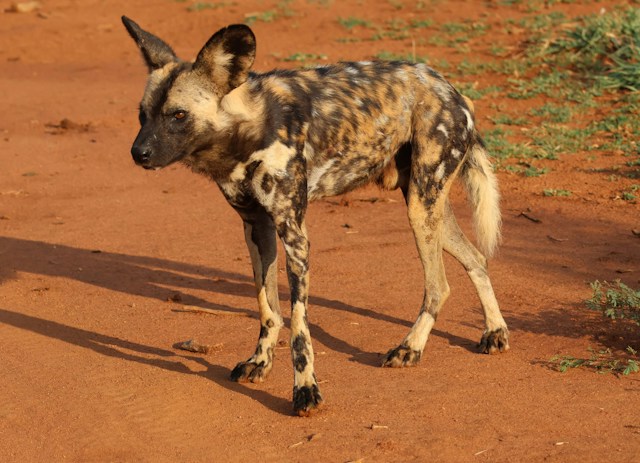
Dhole (Cuon alpinus): Native to parts of Asia, including India, China, and Southeast Asia, the dhole is a unique species of wild dog with a reddish-brown coat and distinctive white markings on its chest and feet. Unlike many other wild dogs, dholes are skilled climbers and swimmers, allowing them to adapt to diverse habitats ranging from forests to grasslands. Dholes are highly social animals that live in tight-knit packs and communicate through a variety of vocalizations, including whistles, barks, and growls. Despite their adaptability, dholes face significant threats from habitat loss, hunting, and competition with other predators.
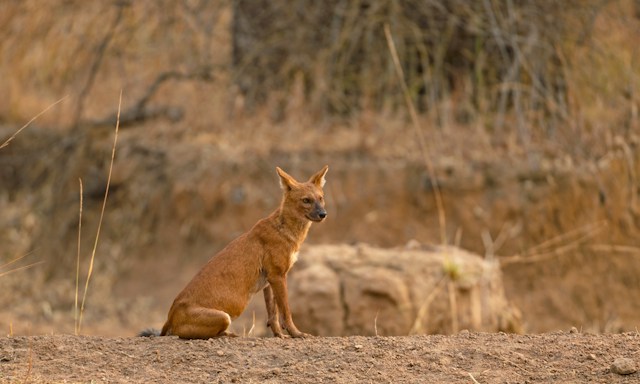
Ethiopian Wolf (Canis simensis): Endemic to the highlands of Ethiopia, the Ethiopian wolf is one of the rarest and most endangered canids in the world. These sleek and agile predators are well-adapted to their alpine habitat, with long legs and a slender build that allows them to navigate rugged terrain with ease. Ethiopian wolves primarily hunt small mammals such as rodents and hares, using their keen senses of sight and hearing to locate prey. Unfortunately, habitat loss, disease, and human encroachment have pushed Ethiopian wolves to the brink of extinction, with fewer than 500 individuals remaining in the wild.
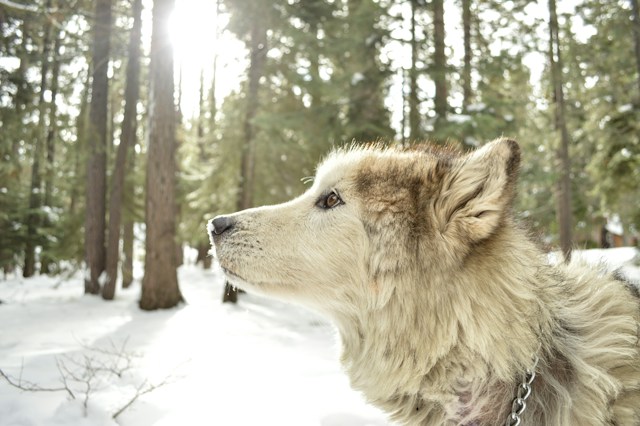
Maned Wolf (Chrysocyon brachyurus): The maned wolf is a unique species of wild dog found in South America, particularly in Brazil, Argentina, and Paraguay. Despite its name, the maned wolf is not closely related to true wolves and is instead classified in its own genus. Known for its distinctive red coat and long, slender legs, the maned wolf is primarily nocturnal and solitary, preferring to roam vast territories in search of food. While not considered endangered, maned wolves face threats from habitat loss, fragmentation, and road mortality.
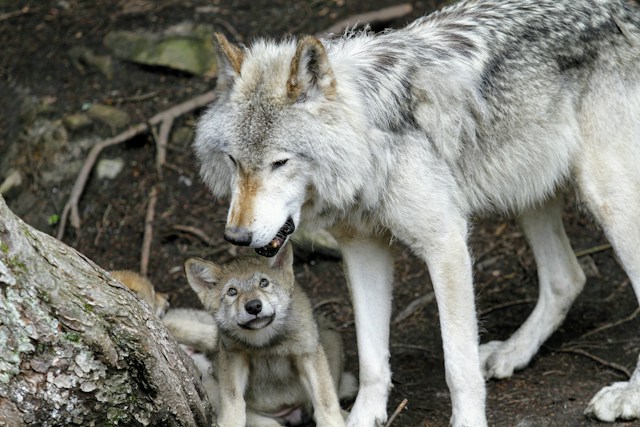
African Golden Wolf (Canis anthus): Formerly classified as a subspecies of the golden jackal, the African golden wolf is now recognized as a distinct species of wild dog found in North and East Africa. These adaptable predators inhabit a variety of habitats, including savannas, deserts, and forests, where they prey on small mammals, birds, and reptiles. African golden wolves are highly social animals that live in family groups, with a dominant breeding pair and their offspring. Despite their widespread distribution, African golden wolves face threats from habitat loss, persecution, and disease.
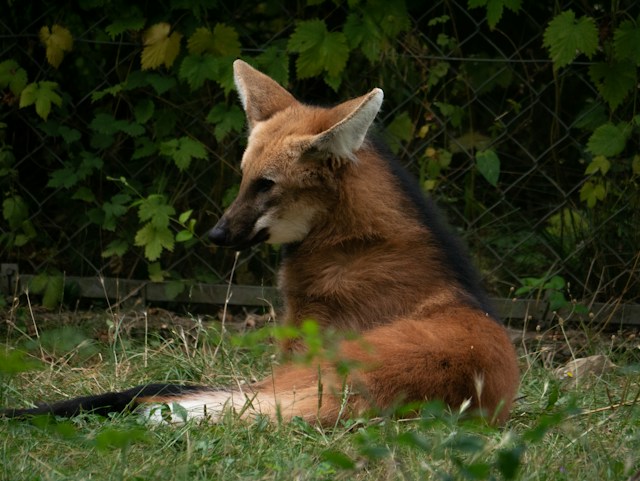
Bush Dog (Speothos venaticus): Native to Central and South America, the bush dog is a small and elusive species of wild dog known for its short legs, dense fur, and distinctive vocalizations. These secretive predators inhabit dense forests and wetlands, where they hunt small mammals, birds, and reptiles in packs. Bush dogs are highly social animals that live in cohesive family groups, with each member playing a specific role in the pack. While not considered endangered, bush dogs face threats from habitat loss, fragmentation, and hunting.

Indian Wild Dog (Cuon alpinus dukhunensis): The Indian wild dog, also known as the Indian dhole, is a subspecies of the dhole found in India, Nepal, and Bhutan. Similar to its counterparts in other parts of Asia, the Indian wild dog is a skilled hunter that preys on a variety of small to medium-sized mammals. These elusive predators are known for their distinctive vocalizations, which include whistles, barks, and growls that can be heard over long distances. Despite their adaptability, Indian wild dogs face threats from habitat loss, poaching, and human-wildlife conflict.

Raccoon Dog (Nyctereutes procyonoides): Native to East Asia, the raccoon dog is a unique species of wild dog that exhibits traits similar to both canines and raccoons. These adaptable predators have a distinctive coat of fur that resembles that of a raccoon, with grayish-brown fur and black facial markings. Raccoon dogs are opportunistic omnivores that feed on a variety of plant and animal matter, including fruits, insects, and small mammals. While not considered endangered, raccoon dogs face threats from habitat loss, hunting, and the fur trade.

Culpeo (Lycalopex culpaeus): Also known as the Andean fox, the culpeo is a species of wild dog found in the highlands of South America, particularly in the Andes Mountains. These agile predators have a thick coat of fur that provides insulation against the cold temperatures of their alpine habitat. Culpeos are opportunistic hunters that prey on a variety of small mammals, birds, and reptiles, as well as scavenging for carrion. While not considered endangered, culpeos face threats from habitat loss, persecution, and competition with other predators.
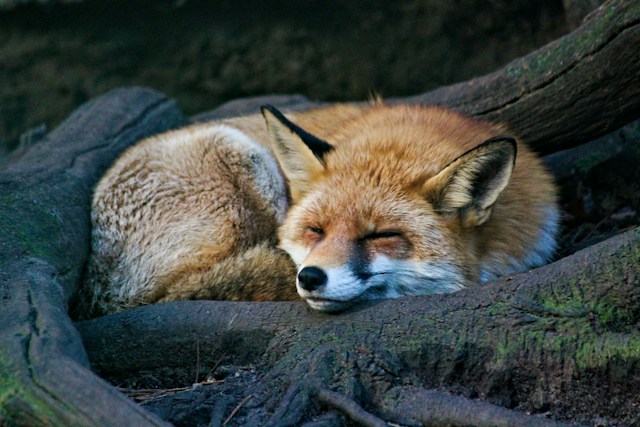
Bat-Eared Fox (Otocyon megalotis): The bat-eared fox is a small species of wild dog found in the savannas and grasslands of Africa. These nocturnal predators are named for their large ears, which they use to detect the sounds of prey such as insects, small rodents, and birds. Bat-eared foxes are highly social animals that live in family groups, with each member playing a specific role in hunting and caring for offspring. While not considered endangered, bat-eared foxes face threats from habitat loss, predation, and disease.
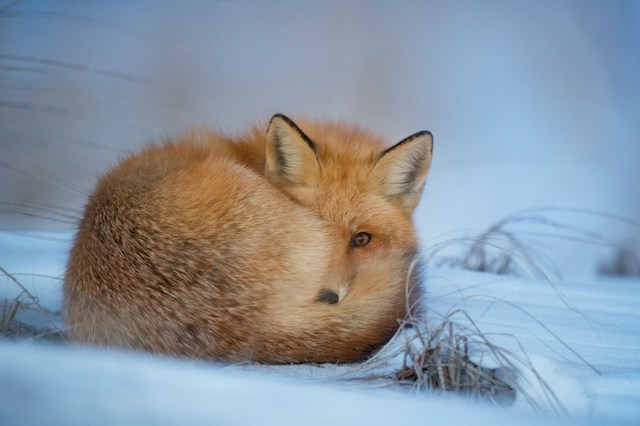
Conclusion: From the iconic African painted dog to the elusive Ethiopian wolf, wild dogs are a diverse and fascinating group of animals that play a vital role in ecosystems around the world. While some species face significant threats from habitat loss, hunting, and persecution, others are thriving in their natural habitats. By raising awareness of these unique predators and supporting conservation efforts, we can ensure that wild dogs continue to roam the earth for generations to come.
